The holiday season brings joy, excitement, and cherished memories, but it can also disrupt routines and overwhelm children with special needs. As the festivities wind down, transitioning back to everyday life can pose unique challenges for these kids and their families. Here are some tips to help make the post-holiday transition as smooth and stress-free as possible.
Re-establish Routine
Visual Schedules: Create a clear and colorful visual schedule showing the daily routine. Include both text and images for better understanding. A visual schedule is a great resource to create. Some kids do well with a picture schedule and others do well with a list written on a dry-erase board.
Check out our previous blog about schedules here:
https://blog.loveandcompanytherapies.com/2023/08/15/back-to-school-using-a-schedule-to-help-learn-routines
Time changes: If holiday bedtimes or mealtimes shifted, adjust them incrementally by 15-30 minutes each day until the regular schedule is re-established.
Morning and Evening Rituals: Reintroduce predictable morning routines like brushing teeth or getting dressed at the same time each day. For evenings, consider quiet storytelling or soothing music as part of a calming routine.
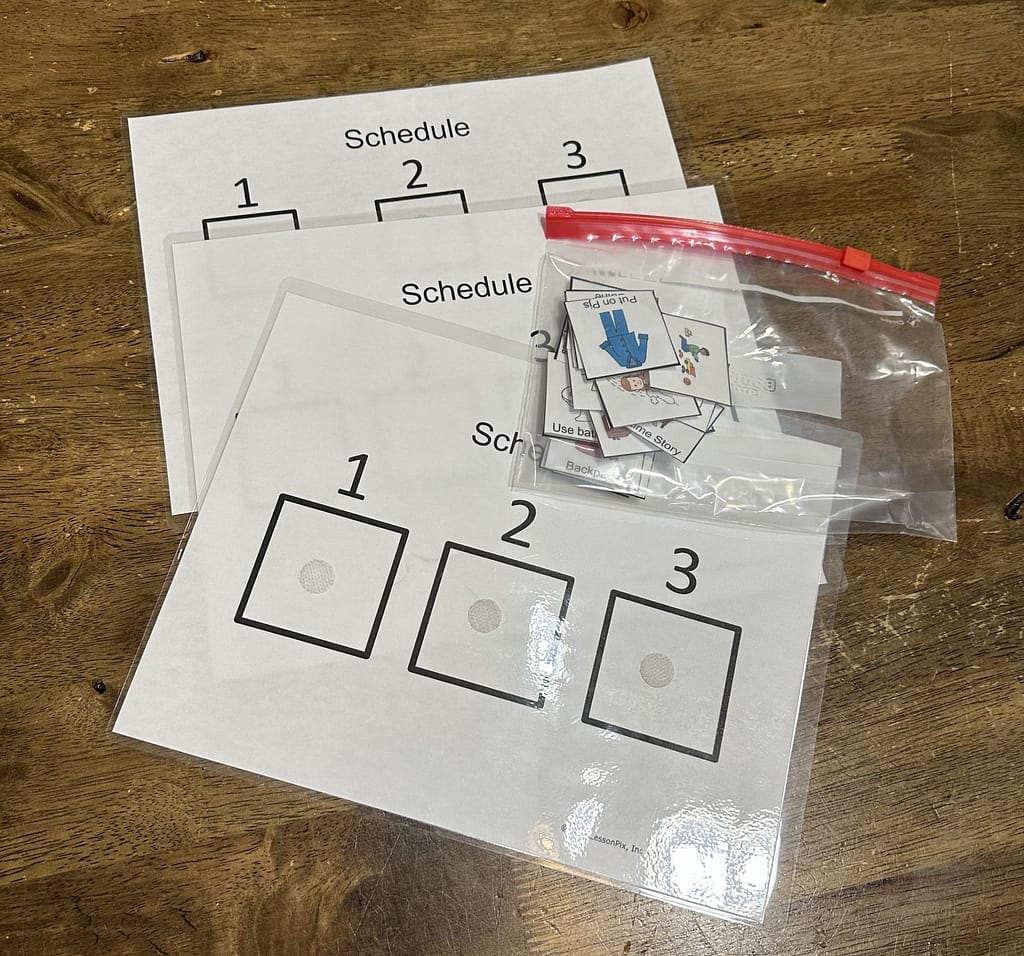
Create a Calm Environment
Decluttering Decorations: Start removing holiday decorations slowly to avoid overwhelming changes in the environment. Involve the child in the process to provide closure.
Neutral Lighting and Noise: Replace twinkling holiday lights with soft, steady lighting and reduce noise levels by turning off background holiday music or loud electronics.
Sensory Regulation
Create a Sensory-Friendly Space: Set up a quiet corner with soft pillows, weighted blankets, and noise-canceling headphones. Use dim, warm lighting or string lights for a calming effect.
Incorporate Deep Pressure Activities: Offer tools like weighted vests, compression clothing, or lap pads. Provide opportunities for safe body pressure, such as rolling in a blanket, using a body sock, or enjoying firm hugs (if they’re comfortable).
Use Calming Tools and Toys: Provide items like stress balls, chewable jewelry, or tactile fidget toys. Introduce sensory bottles filled with glitter or water beads for visual calming.
Encourage Movement Breaks: Engage in calming vestibular activities, such as rocking in a chair or swinging. Do joint compressions or simple yoga poses like child’s pose or downward dog.
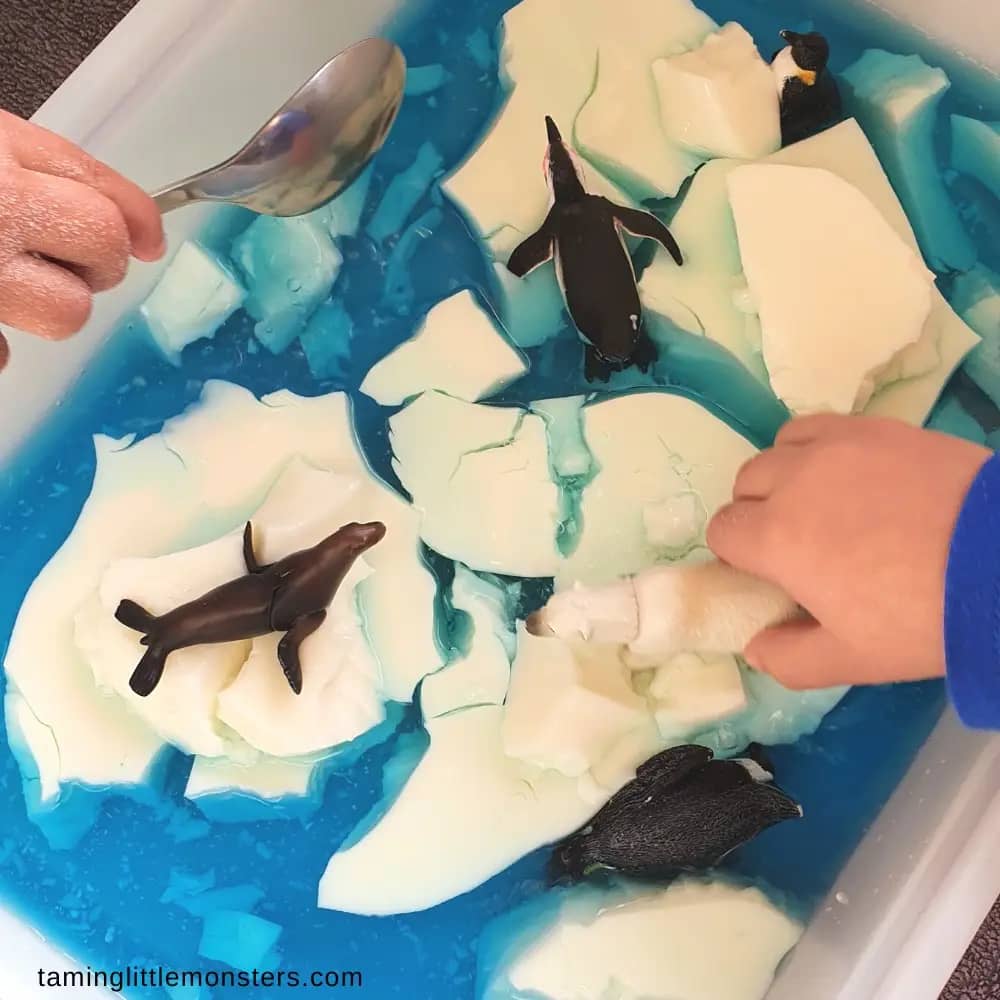
Emotional Needs
Label Emotions: Use emotion charts or cards to help the child express how they’re feeling.
Reassurance and Validation: Acknowledge that it’s okay to feel sad, tired, or overwhelmed after the holidays and offer comforting words or physical touch (if appropriate).
Co-Regulation: If the child is struggling to regulate their emotions, use co-regulation techniques like deep breathing together or mirroring calm body language.
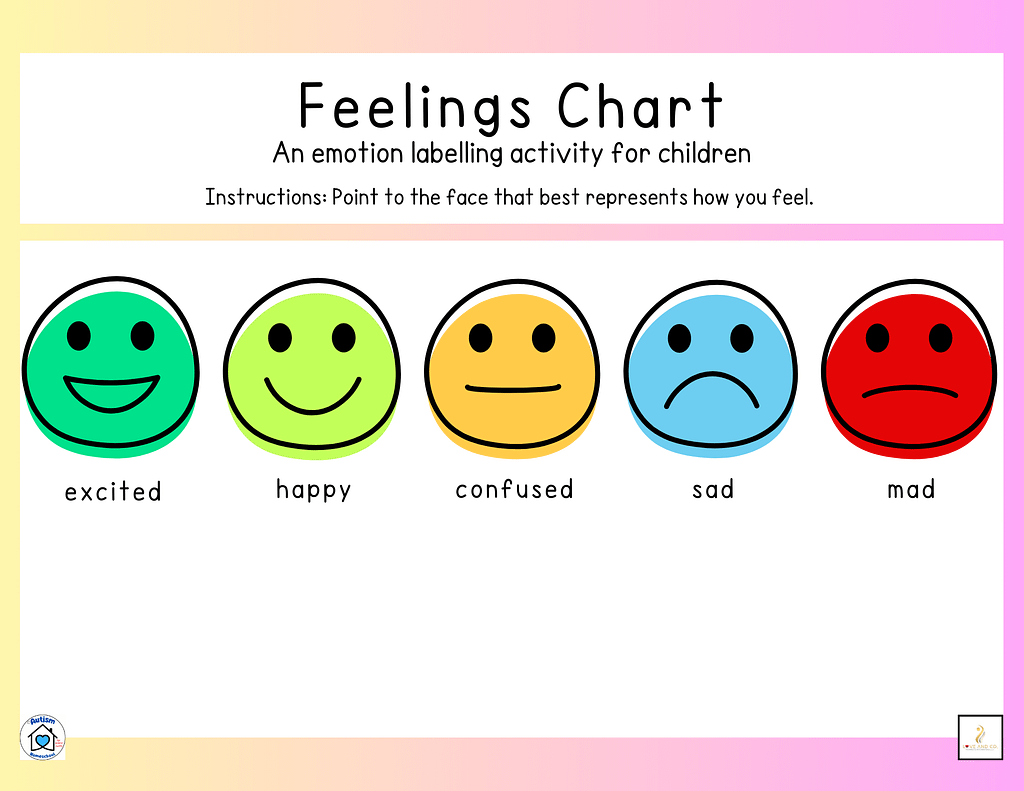
Engage in Familiar and Relaxing Activities
Structured Activities: Reintroduce favorite puzzles, art projects, or building blocks that offer both familiarity and focus.
Outdoor Time: Spend time outdoors in calming environments, such as quiet parks or gardens, to reduce stress and stimulate natural sensory regulation.
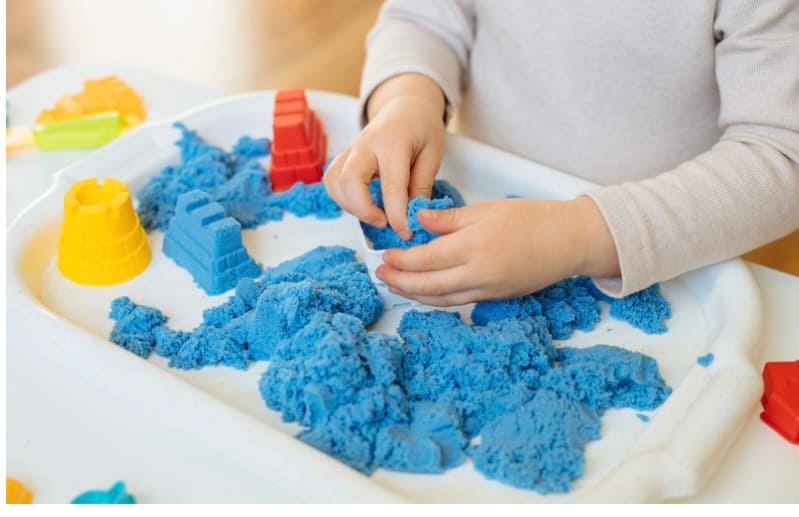
Gradual Reduction of Holiday Excitement
Transition Slowly: Don’t abruptly stop all holiday activities. Instead, taper off gradually by replacing them with similar but less stimulating activities. For example, swap baking cookies with preparing simple meals together.
Post-Holiday Projects: Involve the child in projects like organizing holiday gifts or writing thank-you notes. This keeps them engaged while closing the holiday chapter.
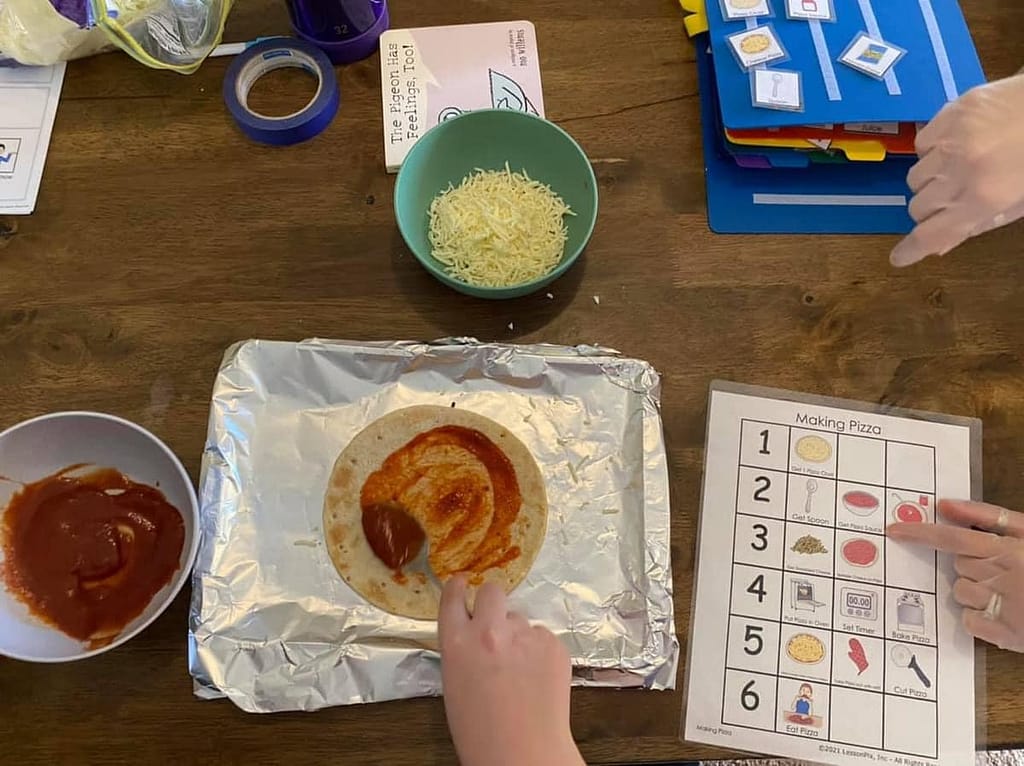
Social Needs
Balance Social Time: Some children may miss the social buzz of the holidays. Arrange low-key playdates or family visits to keep them engaged without overwhelming them.
Provide Solitude: Conversely, if the child is overstimulated from holiday socialization, ensure they have downtime to recharge. This might include quiet reading time, solo sensory play, or simply resting.
Seek Professional Support if Needed
Consult Therapists: Ask your child’s therapists for help. Occupational therapists can help with sensory needs. Speech and language therapists can help your child with things like communicating their needs or feelings. Behavioral therapists can discuss specific strategies tailored to their needs.
School Collaboration: Work with teachers to ensure a smooth transition back to class. Share helpful routines or calming strategies that work at home.
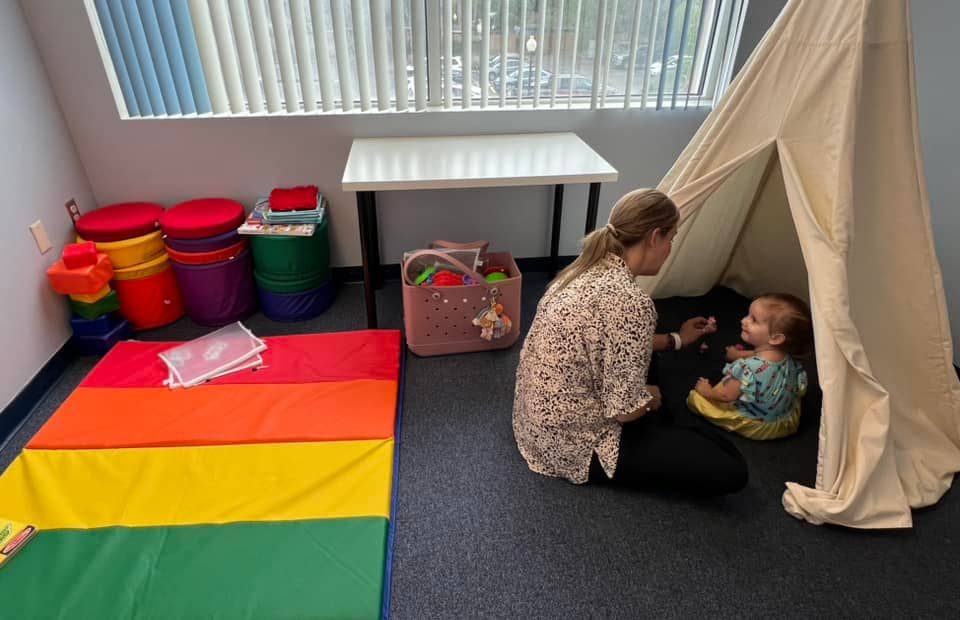
The post-holiday transition can be a challenging time for children with special needs, but with thoughtful planning and a supportive environment, it can also be an opportunity for growth and stability. By re-establishing routines, creating a calming atmosphere, and addressing sensory and emotional needs, families can help their children navigate this shift with confidence and ease.
Remember, every child is unique, so tailor these strategies to fit their individual needs and preferences. With patience and consistency, the return to daily life can become a positive experience that sets the stage for success in the weeks and months ahead. Don’t hesitate to seek professional support when needed, it takes a team to help every child thrive.
Love & Co. Therapeutic Interventions
referrals@loveandcompanytherapies.com☎ 1 (941) 557-3881☎ 1 (941) 264-8641
Follow us on Facebook!
If you like our resources, please like and share our pages!

Leave a Reply